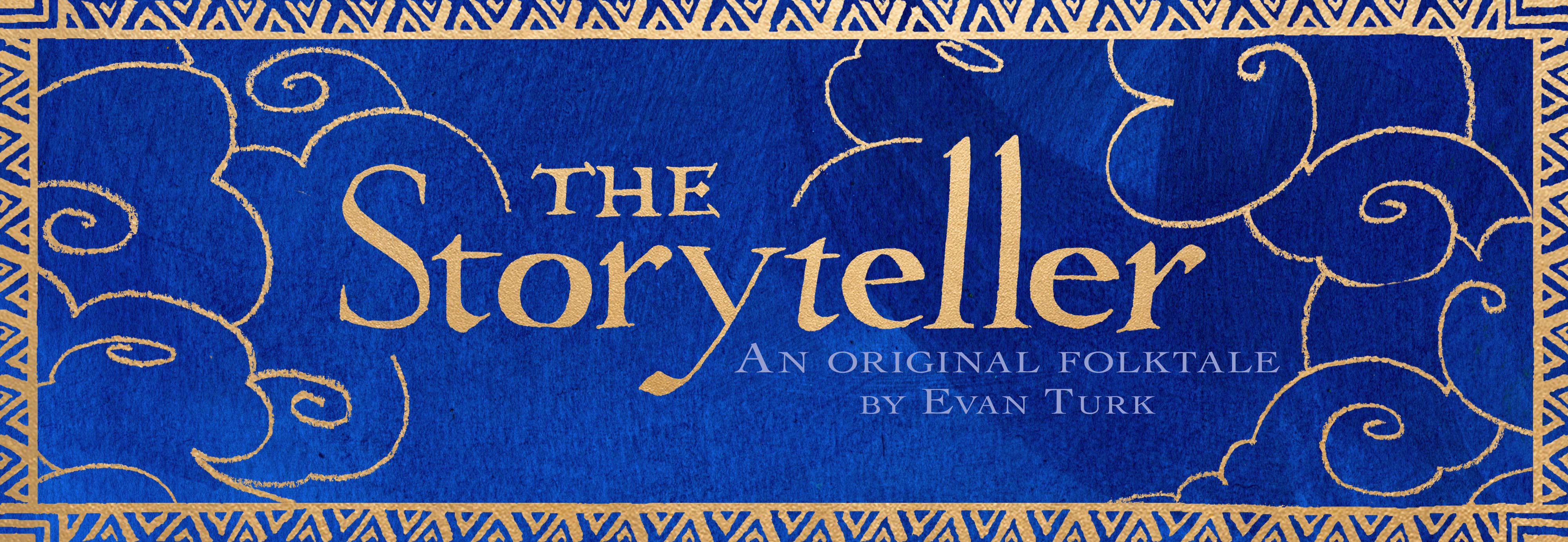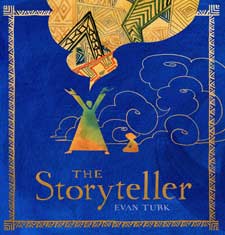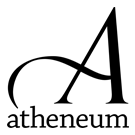The process for creating ‘The Storyteller’ began in August of 2012 while at an illustration/drawing workshop with Dalvero Academy, an independent school of continuing studies in art and illustration that I have been a part of for many years. As part of a semi-annual trip with the school to DisneyWorld, one of our rigorous days was in EPCOT where I focused on the Morocco pavillion. The pavilions at EPCOT are more than just culturally inspired attractions, they are created by the governments of the countries represented as a synthesis of culture and craft to display their country to the world. Because of that, they are great places to begin learning about a culture.
As I walked around the pavillion, I drew small thumbnail drawings and took notes about things that were important to the culture: symbols, traditions, architecture, art, pattern, and the feel of the place. One symbol that kept popping up was ‘water’. Morocco has many diverse landscapes, including dense forests and steep jagged mountains, but it also borders along the immense Sahara Desert which leaves its mark on its culture as a whole. Water in the desert means nourishment, protection, and salvation. Water and fountains are mentioned often in the Koran in connection with the idea of Paradise, and fountains are often central in homes and mosques in Morocco. Water was even used to tell time in ancient Moroccan clocks! I collected many symbols and ideas throughout the day: the fountain, the mosaics, the Koutoubia (the famous mosque minaret of Marrakech), tea, and the water sellers.
Inspired by this research, my husband and I decided to take a trip to Morocco. After booking our flights, I set out to learn as much as I could about Morocco before the trip. In reading many books about the country, one in particular interested me: The Last Storytellers, by Richard Hamilton. This book talked about the dying tradition of public storytelling in Morocco, and the incredible knowledge and artistry that dies with them.
I made many, many pages of notes and drawings before the trip, figuring out what I hoped to see and what I imagined it would be like.
Once we arrived in Morocco, I drew as much as I could, while talking to people, learning, and trying to absorb all the new things we encountered. We saw incredible things: the dunes of the Sahara, a city painted entirely in blue, incredible carpets, and a workshop where men create the beautiful and intricate zelij mosaics that adorn Moroccan fountains and architecture.
We even tried to find the storytellers in the chaos of the great square of Marrakech, Jemaa el Fna, but, as Hamilton’s book suggested, there were none to be found.
Upon returning, I followed through on the idea of “water” and its importance to Morocco, and thought about it in connection to the fading tradition of storytelling. It was from this that ‘The Storyteller’ was born. In preparation for the trip, I had read much of 1001 Nights, which in itself is a story about the importance of storytelling as a nourishing, protective, and essential force. Using the idea of Shahrazad and her nested tales, I wrote the story of ‘The Storyteller’ as a way to talk about the importance of storytelling in today’s world.
How did it become a book?
Ah, well that is a story for another day.














No Comments
Trackbacks/Pingbacks